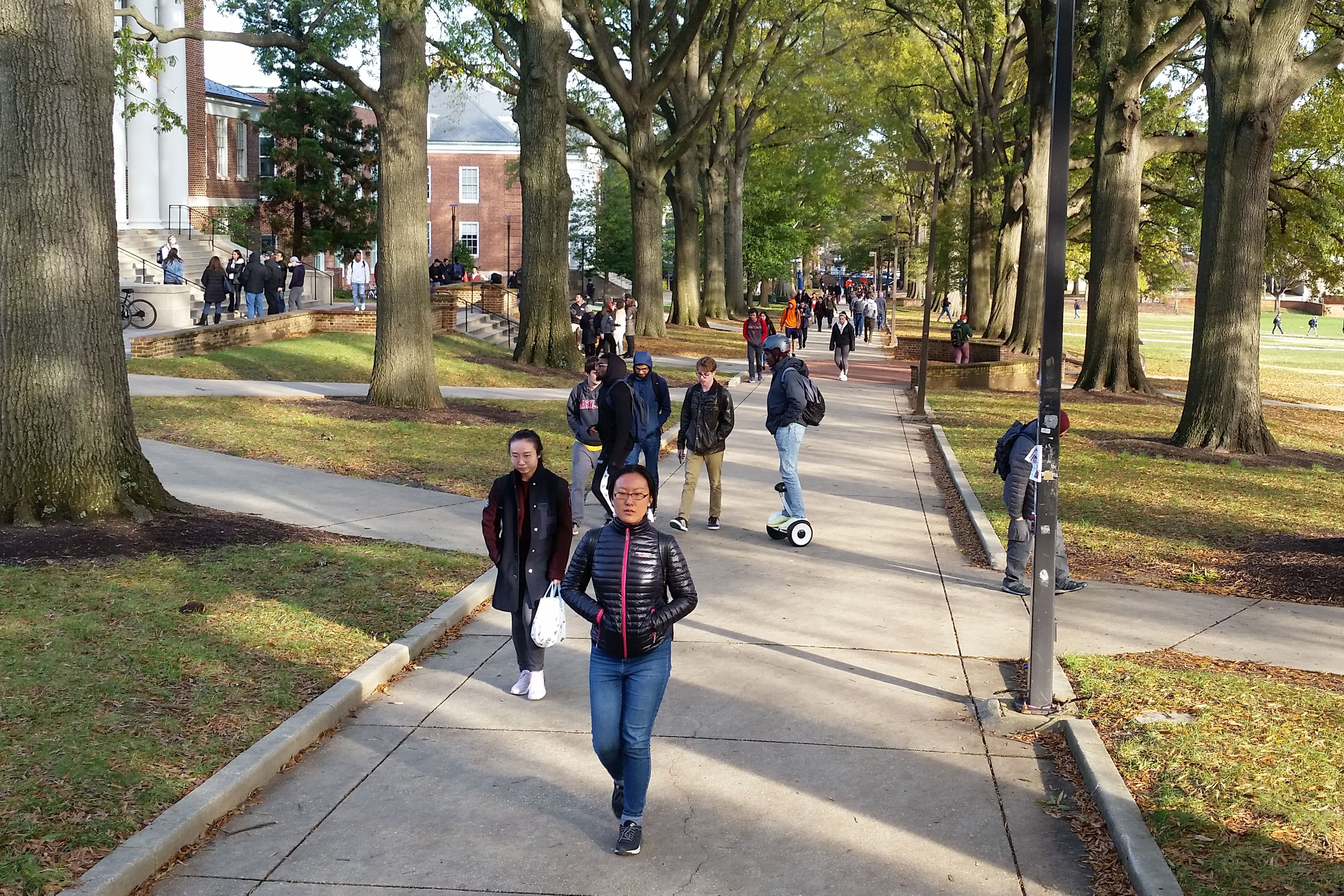Nicholas Lee thought he was going to save money by choosing to stay in-state and attend the University of Maryland, a more affordable option than other schools he was considering.
But the junior computer science major is looking at $30,000 in loans he’ll have to pay off in the future, even as he’s moved off the campus and started commuting to school to save money — and he still has another year of school left.
“It freaks me out a bit,” he said. “I don’t have a lot of experience with debt, so it’s pretty intimidating to me.”
While Gov. Larry Hogan announced Jan. 18 that the state’s Higher Education Commission will award $9 million in tax credits to over 9,000 students with debt from loans, that only covers a small portion of graduates in the state.
[Read more: UMD is enrolling more out-of-state students — and hiking their tuition]
Still, the tax credits awarded this year nearly doubled last year’s, which totaled $5 million, according to a press release from the governor. In-state students who were accepted will receive $1,000 in tax relief, and out-of-state students will get $883.
Hogan also announced that he’s introduced the Student Debt Relief Act of 2019 — which would allow Marylanders to deduct the interest paid on their student loans from their income taxes — and will push to get it passed during the current legislative session.
In the statement, Hogan said that “student loan debt is a daunting and overwhelming burden for thousands of Marylanders.”
“We are providing real solutions for our students,” Hogan said in the statement. “And continuing to invest in making college more accessible and affordable for all Marylanders seeking a higher education.”
To qualify, students must have filed state income taxes, incurred at least $20,000 in loan debt and have at least $5,000 remaining when they file for the application.
[Read more: College Park Academy to receive over $1 million in Gov. Hogan’s proposed budget]
Liza Morkos, a senior accounting major, said any extra money helps, but the state government has not promoted the programs enough — she’d never heard of the credits.
Morkos said she also wishes the government would do more to address student debt than issuing tax credits.
“The way I’m looking at it, the government could help fund higher education more,” she said. “There are people who can go to college and be OK … but then there are people who come out with, like, $50,000 loans.”
Nationally, the average student graduates with about $20,000 in debt, said Cindy Clement, an economics lecturer at this university. This state’s average student debt is higher, at $27,455, according to the governor’s press release.
But the state government, Clement said, could not add more money into higher education without taking it from somewhere else.
The state increased its higher education spending by 0.6 percent during the 2017-18 fiscal year, and is in the middle of the pack nationally in this regard, according to a 2018 report from Inside Higher Education.
Clement said that although national loan debt exceeds $1.5 trillion, post-secondary education is an investment that pays off for individual students in the future.
“The data is very clear: If you don’t go to college, your standard of living is very likely to be worse off,” she said. “Any kind of post-secondary education … can be very lucrative, and helps prevent you from getting into poverty.”
The A. James & Alice B. Clark Foundation — which has invested $219.5 million toward increasing affordability and access to this university — will “double the number of need-based scholarships available to outstanding students in Maryland.”
For Morkos and Lee, however, student loan debt is a looming problem that will not go away — and only comes closer.
“I’m not sure I’ll have a job in the career I want to be in right out of college where it will make me enough money to pay off the loans,” Morkos said. “I probably won’t be able to do the things I want to do and pay off the loans.”
CORRECTION: Due to a reporting error, a previous version of this article incorrectly identified Nicholas Lee as a senior. He is a junior. This article has been updated.



